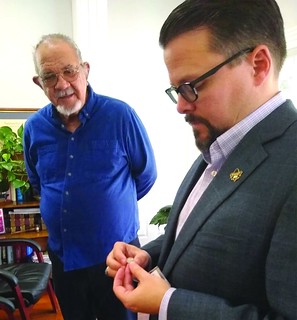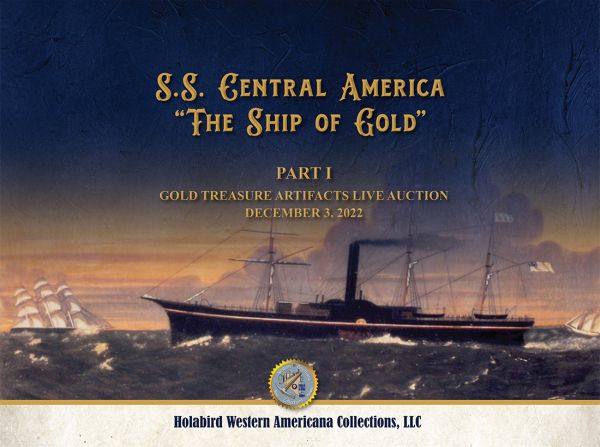
A man in Natchitoches, Louisiana paid his lawyer with a Hadrian Denarius.
Here's an article from the Natchitoches Times.
-Editor
 When Natchitoches resident Joe Darby needed a legal document revised recently, he agreed to pay attorney Eddie Harrington with a form of currency that doesn't see much circulation these
days: a coin dating to the Roman Empire.
When Natchitoches resident Joe Darby needed a legal document revised recently, he agreed to pay attorney Eddie Harrington with a form of currency that doesn't see much circulation these
days: a coin dating to the Roman Empire. In effect, I am paying for legal services with a 1,900 year-old coin, says Darby. It's a silver denarius. Darby is a history enthusiast, as is
Harrington, so their meetings typically delve into topics in history. Every time we meet for business, we end up talking history 80% of the time and business 20% of the time, says Darby.
We exchange history books and things like that, so we've got that common interest.
Darby is also a numismatist, a collector of coins, so when he stopped in to ask Harrington about updating the legal document, their conversation drifted to a coin Darby had added to his
collection. I showed him my latest acquisition, which was a coin minted in the reign of Caesar Augustus, the first Roman Emperor, he says. (He's) not to be confused with Julius
Caesar; that was his uncle.
Harrington's interest was piqued by the historic coin, so when the time came to discuss payment, the two struck a deal to exchange a similar coin for Harrington's services. How much is your
fee Eddie? Oh, a silver denarius, Darby muses about their previous meeting. Darby focuses on collecting French, British and American coins and didn't have another silver denarius to spare,
so Harrington suggested an alternative Roman coin.
He marvels at the coins features. Most coins, especially this old that I've seen, the detail has been rubbed off, because it's been used so many times, but you can see his eyes and everything.
The detail is amazing. He flips the coin over to see the reverse, which bears a woman's figure along with a Latin inscription.
He puzzles over the text's meaning for a moment before Darby offers an insight. That's all one word, providentia, so that female figure's probably Providence, Darby suggests. I understand that in the second century, the denarius was worth about a day's wage for a skilled laborer,
like a craftsman: a carpenter or a mason.
The Hadrian coin is only the second Roman denarius Darby has ever acquired, so he takes a moment to compare its quality to that of his collection. I'm working on collecting medieval
French monarchs right now, he says. This is a lot better made than the medieval coins from England and France. They were very, very thin, almost wafer-like (and) they were cruder.
The art of minting coins deteriorated after the fall of the Roman Empire. Darby takes a last look at the Hadrian Denarius.
To read the complete article, see:
Numismatist returns ancient silver to circulation
(https://www.natchitochestimes.com/2022/11/22/numismatist-returns-ancient-silver-to-circulation/)
Wayne Homren, Editor
The Numismatic Bibliomania Society is a non-profit organization
promoting numismatic literature. See our web site at coinbooks.org.
To submit items for publication in The E-Sylum, write to the Editor
at this address: whomren@gmail.com
To subscribe go to: https://my.binhost.com/lists/listinfo/esylum
Copyright © 1998 - 2024 The Numismatic Bibliomania Society (NBS)
All Rights Reserved.
NBS Home Page
Contact the NBS webmaster
|



